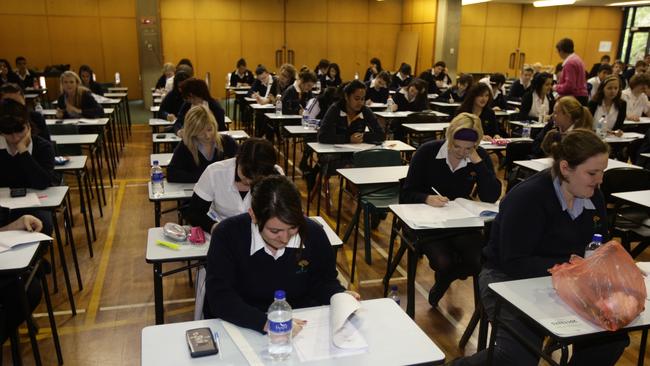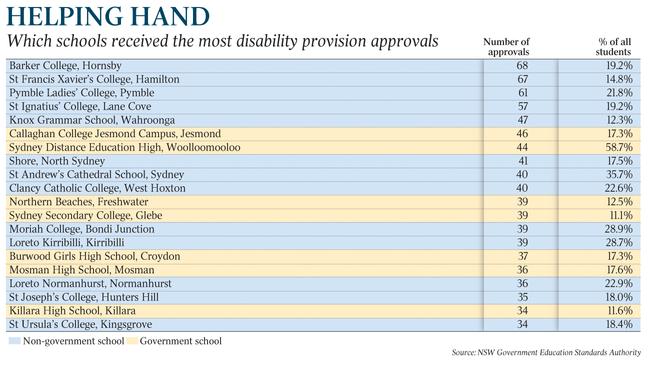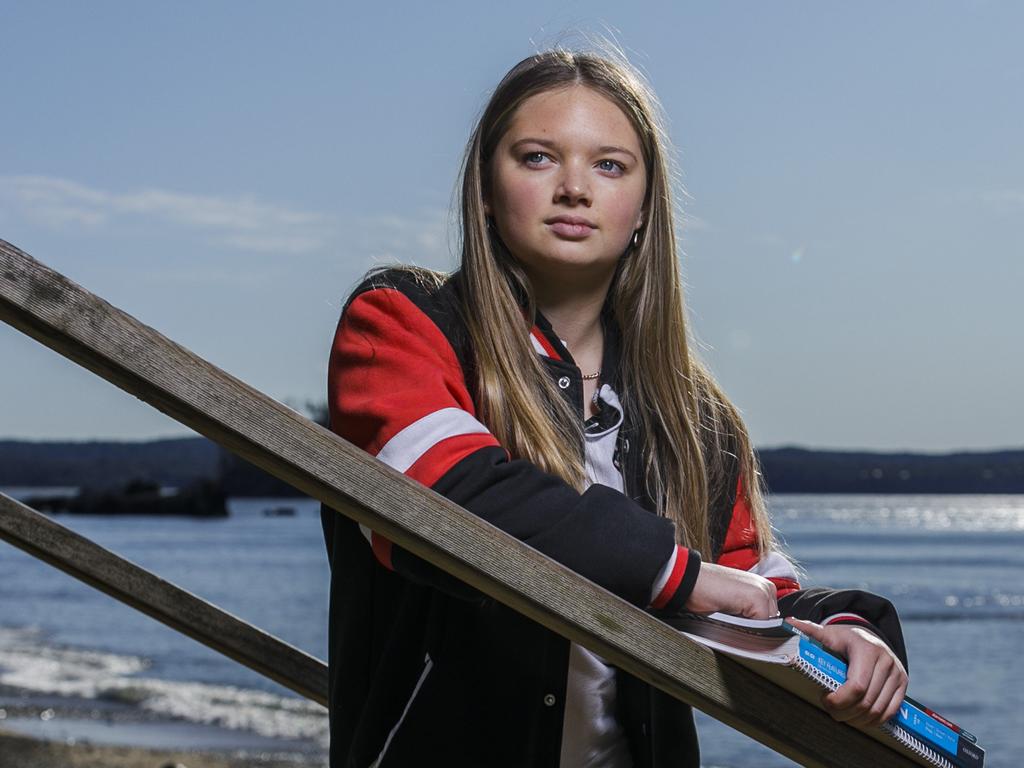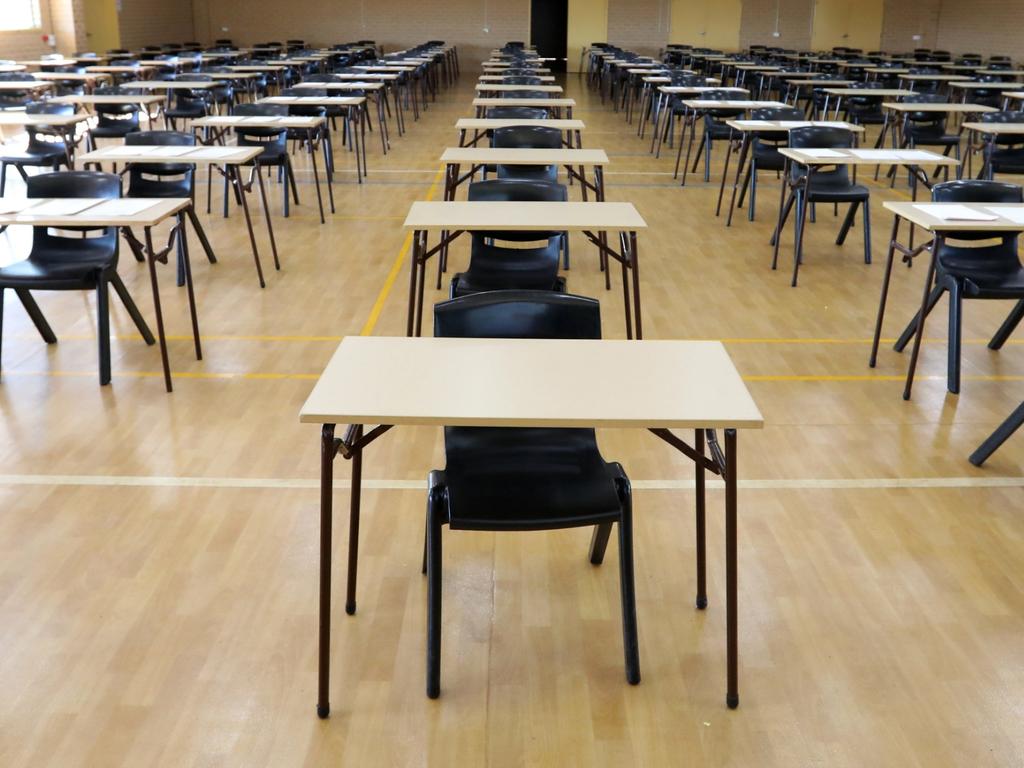Private schools in NSW granted more HSC exam help
Year 12 students at a cluster of elite institutions are receiving special conditions at nearly twice the rate of their peers.

Year 12 students at some of the top private schools in NSW are being granted special HSC exam conditions at nearly twice the rate of their peers at public schools.
Last year, students at non-government schools received special provisions at a rate that was 54 per cent higher than students at publicly funded schools, according to NSW government data.
St Andrew’s Cathedral School secured disability provisions for 36 per cent of its HSC students in 2019 — the fifth highest in NSW — and was beaten only by distance schools that primarily cater to students with “significant” support needs.
The inner-Sydney private school is among a cluster of elite institutions — including Loreto Normanhurst, Loreto Kirribilli, Moriah College in Bondi Junction, and St Ignatius College in Lane Cove — that have disproportionately high rates of students receiving disability provisions when compared with public schools.
Craig Peterson, the president of the NSW Secondary Principals Council, said a system that was set up to support disabled students was often influenced by the “elements of advantage”.
“Public schools do the best they can, but it’s not a level playing field when private schools often have double the amount of staff,” he said.
The yawning gap between students who received disability provisions at public schools compared to students at private schools could be summed up by privilege, Mr Peterson said.
“Parents at private schools, they know the system and they know how to get the most out of the system,” he said.
“Other parents may not have the same knowledge around the rules, or aren’t even aware that those (disability) provisions exist.”
The median number of students who received disability provisions at non-government schools last year was 11.4 per cent, while at government funded public schools it was 7.4 per cent, according to data from the NSW Education Standards Authority.

For the second year in a row, Barker College on Sydney’s north shore had the highest number of students who received disability provisions in the HSC.
The school, where a Year 12 education costs $33,000, had 68 students who were granted either full or partial provisions, equating to almost 20 per cent of that year’s cohort.
The Anglican coeducational school was followed by St Francis Xavier’s College, with 67 students with full or partial approvals, and Pymble Ladies College, with 61 students.
In comparison, Auburn Girls High School, South Sydney High School, and Baulkham Hills High School had only one student receiving provisions.
“I have 1000 students and one counsellor but some of these private schools have multiple counsellors on staff, plus these students have access to medical advice outside of school,” Mr Peterson said.
“It’s complex, but that’s just one example of an element of advantage.”
The most common type of provision granted last year was rest breaks, with more than 4600 students approved for five-minute breaks every half-hour.
There were 216 students with diabetes receiving special provisions, while just 42 students who communicate via lip reading and/or signing were granted special provisions.






